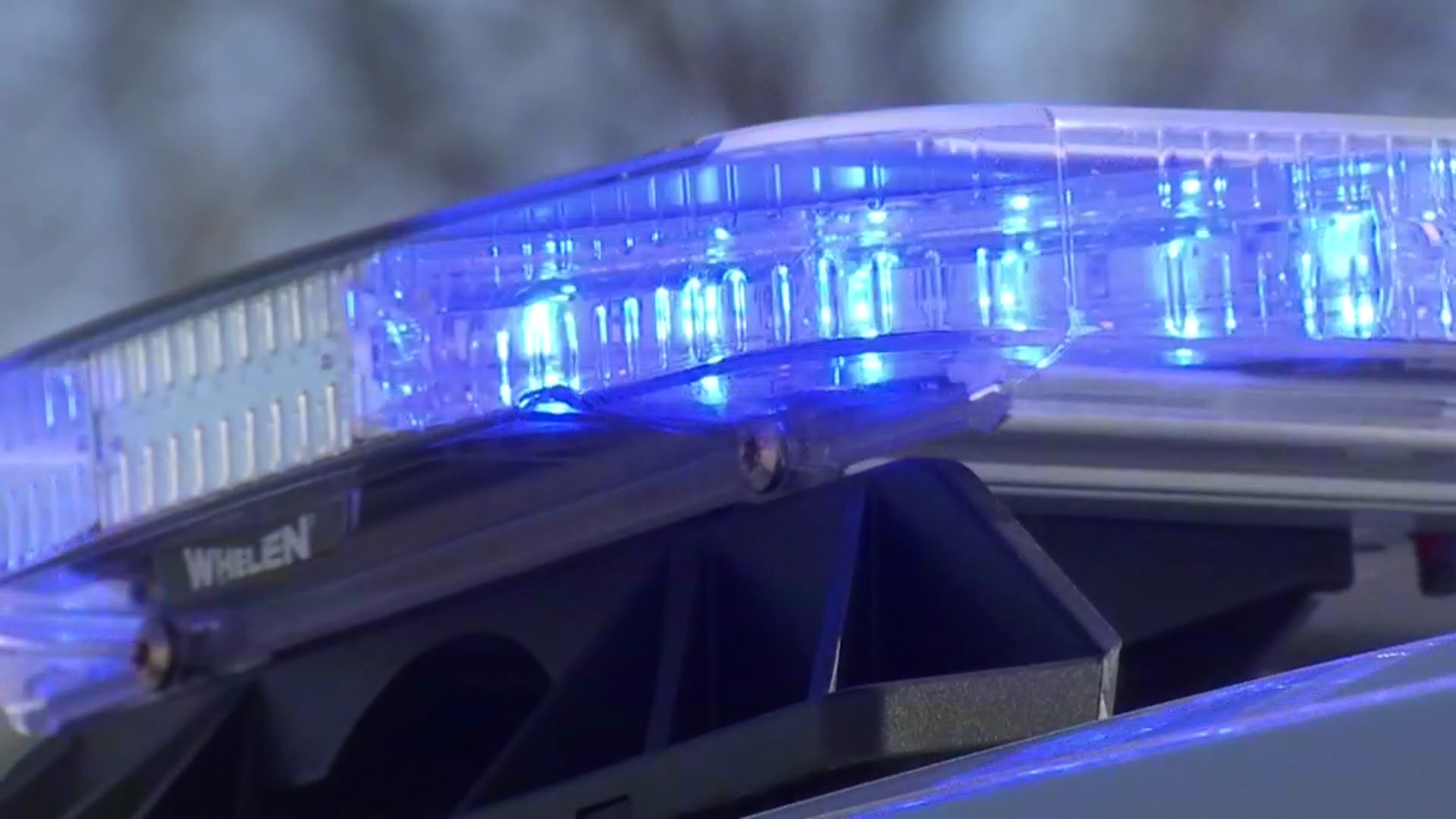On August 1, 1966, a sniper positioned himself in the tower at The University of Texas at Austin and began indiscriminately shooting students, faculty, bystanders and police. When the sun set on that brutally hot Monday, 16 people were dead, and more than 30 people were wounded.
Keith Maitland, the director, producer and editor of Tower, a film about that day’s events, wanted to look beyond the story of the sniper and reveal the people behind the grim numbers of the nation’s first mass shooting.
Tower will premiere on PBS’s Independent Lens February 14 at 10/9 p.m. CT. The film will be available for online viewing beginning February 15.
Maitland grew up in Plano and learned about the shooting through a witness: his seventh-grade history teacher.
“She was on a balcony overlooking Guadalupe Street when she heard sounds, saw people running and hiding, and heard more sounds. Then she saw a man on the tower with a rifle and realized if she could see him, he could see her. What stuck with me was the confusion and then the realization that you are in a crisis. The peace and calm of everyday life has been shattered and you have to decide who you are and what you are going to do,” Maitland said.
By the fortieth anniversary of the shooting, Maitland had moved to Austin and he read Pamela Colloff’s article “96 Minutes” in Texas Monthly. He realized the article’s first-person accounts of witnesses, victims and police would be a compelling basis for a film and was surprised to learn no such film had yet been produced.
From 2006 to 2012, he researched the shooting and his friends suggested people to approach about their experience during the shootings. He became frustrated because of 300 web sites he visited, 298 of them were about the sniper and his motives. Maitland was focused on his teacher’s experience and determined to tell a different side of the story.
Texas News
News from around the state of Texas.
He committed to making the film in 2012 and Colloff introduced him to the people featured in her article.
“We were very prepared for people to be apprehensive or anxious about talking to us, but we didn’t run into that. For the most part, these people were left to process this event without guidance,” Maitland said.
After the shooting, the campus closed for one day and the shooting was not mentioned at graduation or in the yearbook. Maitland prioritized creating a safe space for the survivors to revisit the worst day of their lives and worked to make the three hour interviews a positive experience.
“I was concerned with the emotional details like what music they were listening to, what clothes they were wearing, and what someone shouted to them across campus,” Maitland explained.
Those minute details were crucial to accomplishing Maitland’s creative approach to the film. Realizing the university would not grant him permission to stage recreations, Maitland combines animation with footage from that day to reconstruct events from the survivors’ perspectives.
“I wanted the film to be visceral and immediate and authentic,” Maitland said. The animation offers a dream-like quality to explore the 50-year-old memories of the film’s subjects and it invites people to project themselves into the situation.
Maitland hopes the animation will appeal to high school and college students who are accustomed to the news of mass shootings. He wants students to understand the history of this violence and what it feels like to be a survivor.
After extensive research, Maitland settled on telling the story of that day through seven perspectives, including the first person shot, a paperboy shot off his bike, a university bookstore manager who helped the paperboy, two police officers instrumental to ending the shooting, an incoming freshman who was more curious than scared, and a radio news director who broadcast the shooting live.
The film documents how the survivors navigated life, created new dreams, and dwelt on their personal regrets after the shooting.
There was concern that Tower would only appeal to a regional audience, but as the producers screened the film all over the world, its appeal was apparent.
The questions about how to respond to trauma is universal, especially with the increase in mass shootings. Maitland understood The University of Texas at Austin would be apprehensive about the subject matter, but after a screening at SXSW, the university embraced the film.
Maitland received a gracious note from the school’s president on the 50th anniversary of the shooting and the film has been screened on campus for students.
Five decades and many mass shootings later, the survivors of the Texas Tower shooting offer their stories to engage a society numb to violence.
“We’re giving people a chance to discuss what’s going on society and culture,” Maitland said.
CLICK HERE to learn more about Tower.
Kimberly Richard is a North Texan with a passion for the arts. She’s worked with Theatre Three, Inc. and interned for the English National Opera and Royal Shakespeare Company. She graduated from Austin College and currently lives in Garland with her very pampered cocker spaniel, Tessa.



